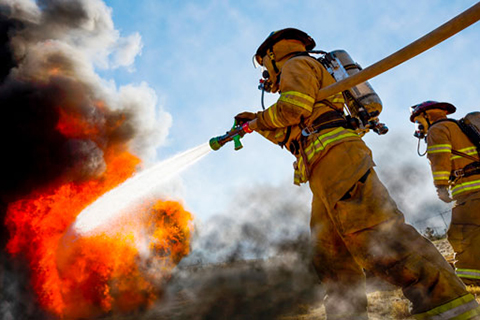
Summary
|
This team ultimately hopes to prevent what members describe as the “under-diagnosed, under-monitored, under-reported condition” of noise-induced ear damage that, despite being “completely preventable and avoidable” affects hundreds of millions of people around the world. Hearing loss is no longer a condition related to aging or genetics, but thanks to ever-increasing exposures to occupational and recreational noise, is the third most prevalent chronic health condition after arthritis and heart disease. Members plan to collaborate with Sylvester Comprehensive Cancer Center’s Firefighter Cancer Initiative, the Parkland-Coral Springs Fire Department, and the Miami VA Healthcare System’s audiology program to characterize the risk factors of hearing loss for people in high-risk occupations, like firefighters and the military, and to identify content for preventative and therapeutic programs. As the team noted, existing noise prevention programs are inadequately enforced or poorly adhered to and usually address only high-level noise, even though “a critical mass of evidence points to the long-term damage’’ that repetitive low- and moderate-level noise exposure causes to the inner ear. |
Team
|
Hillary Snapp, Otolaryngology; Natasha Schaefer Solle, Medicine; Suhrud Rajguru, Biomedical Engineering and Otolaryngology; Barbara Millet, Cinema and Interactive Media; Uzma Khan, Marketing; and Cameron Riopelle, Head, Data & Visualization Services, University of Miami Libraries / Librarian Assistant Professor. |




